The unwritten rules of going to the mall in the ’80s
Ah, the ’80s mall scene! A time when shopping centers were the epicenter of social life for teenagers and adults alike. Who could forget the neon signs, the echo of footsteps on polished tiles, and the smell of fresh pretzels wafting through the air?
Malls were more than just places to shop; they were vibrant social hubs where friendships blossomed, trends were set, and countless memories were made. Let’s take a nostalgic journey through these bustling centers of youth culture.
The Art of the Mall Crawl: Navigating the Shopping Centers
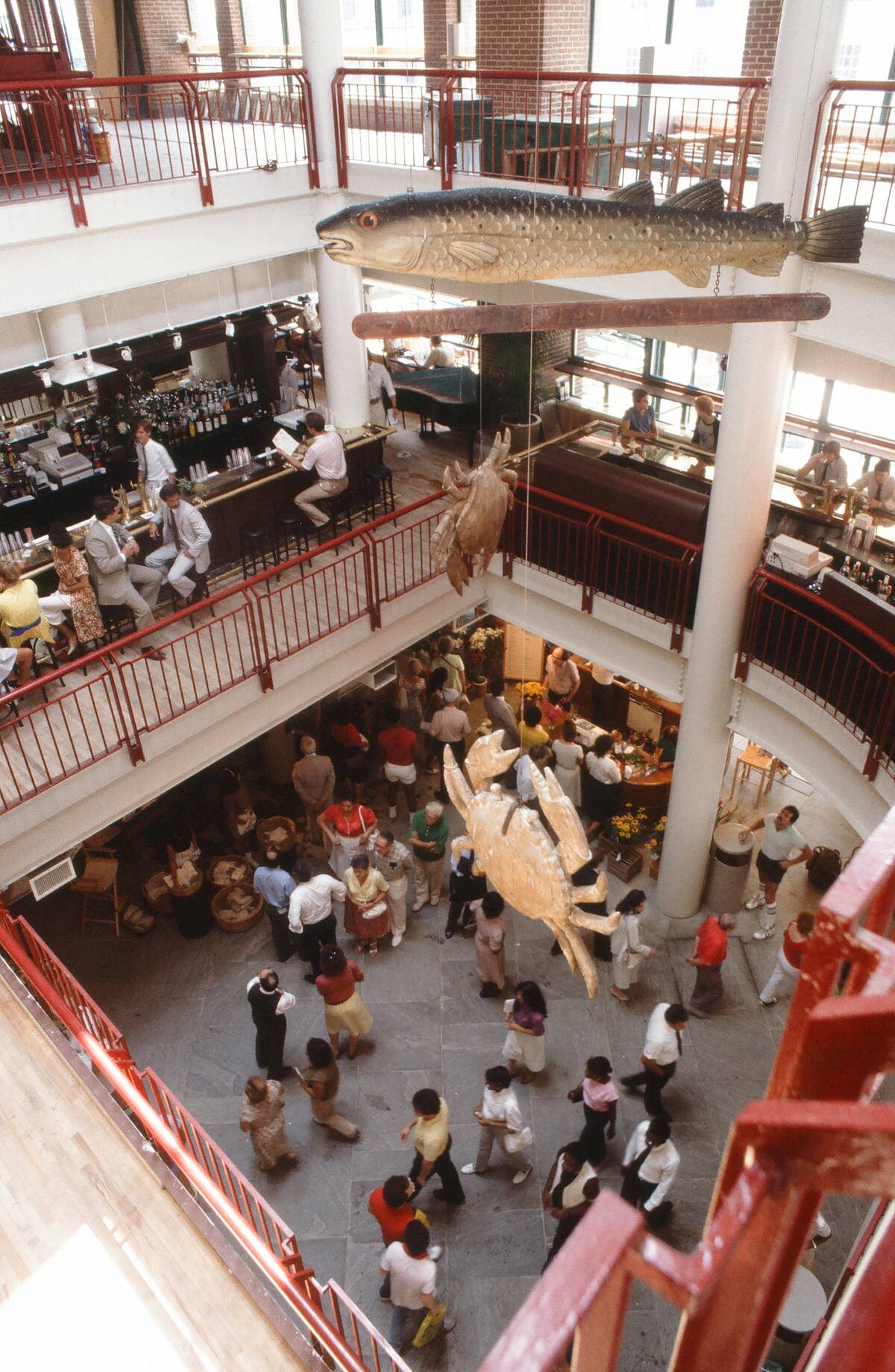
Navigating the sprawling labyrinths of ’80s malls was an art in itself. With multiple levels and endless corridors, each visit was an adventure. Maps were often available, but real pros knew the layout by heart, weaving effortlessly between stores.
Escalators were the highways, and elevators, the secret shortcuts. It wasn’t just about shopping; it was about exploration, finding new stores, and discovering hidden gems that made each trip unique.
The Perfect Outfit: Dressing to Impress at the Mall

In the ’80s, going to the mall was a fashion show in itself. Teens and young adults carefully curated their outfits, from acid-wash jeans to oversized sweaters.
Bright colors and bold patterns were the norm, with accessories like jelly bracelets and scrunchies completing the look. Dressing to impress was essential, as the mall was the place to see and be seen, whether you were meeting friends or just grabbing a slice of pizza.
The Food Court Phenomenon: A Culinary Adventure
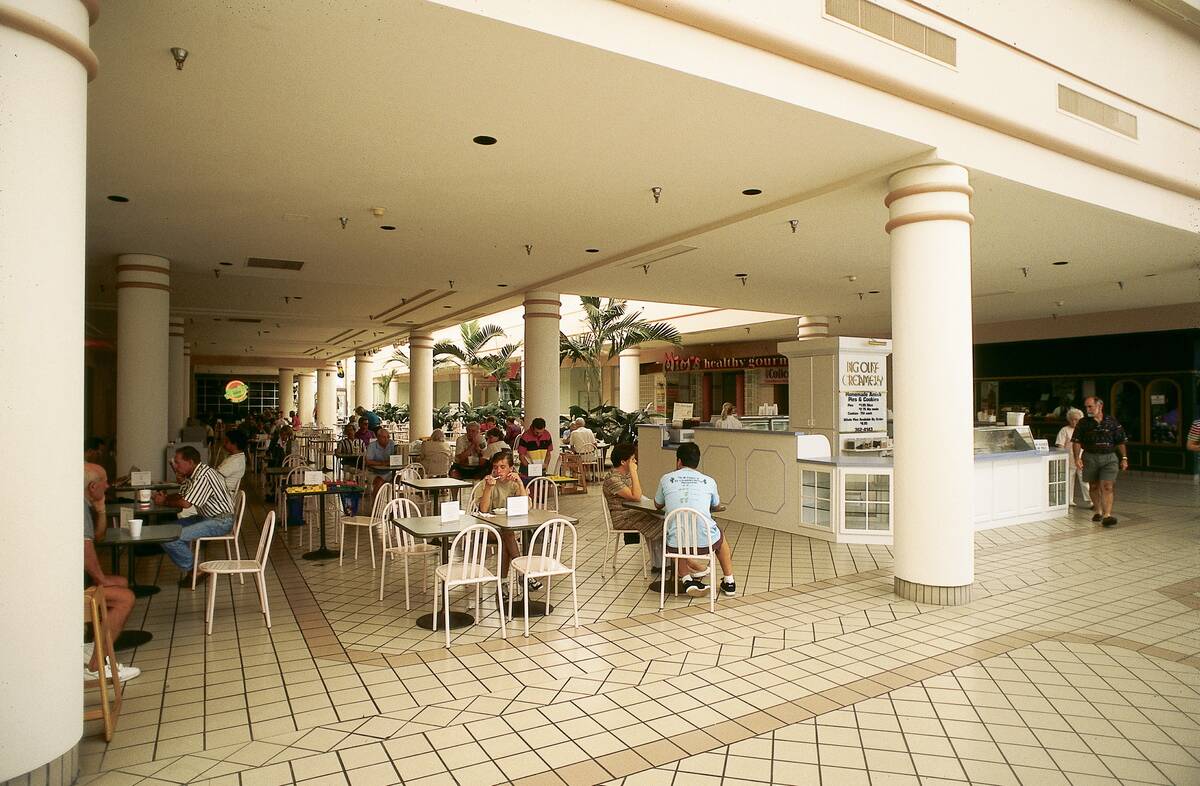
The food court was the heart of any ’80s mall, offering a smorgasbord of dining options. From greasy burgers to exotic Asian cuisine, it was a place where culinary adventures began. Pizza slices as big as your head and soft pretzels dripping with butter were staples.
No trip was complete without a visit to the food court, where you could fuel up before another round of shopping or just hang out with friends over a shared meal.
Arcade Mania: Tokens, High Scores, and Friendly Rivalries
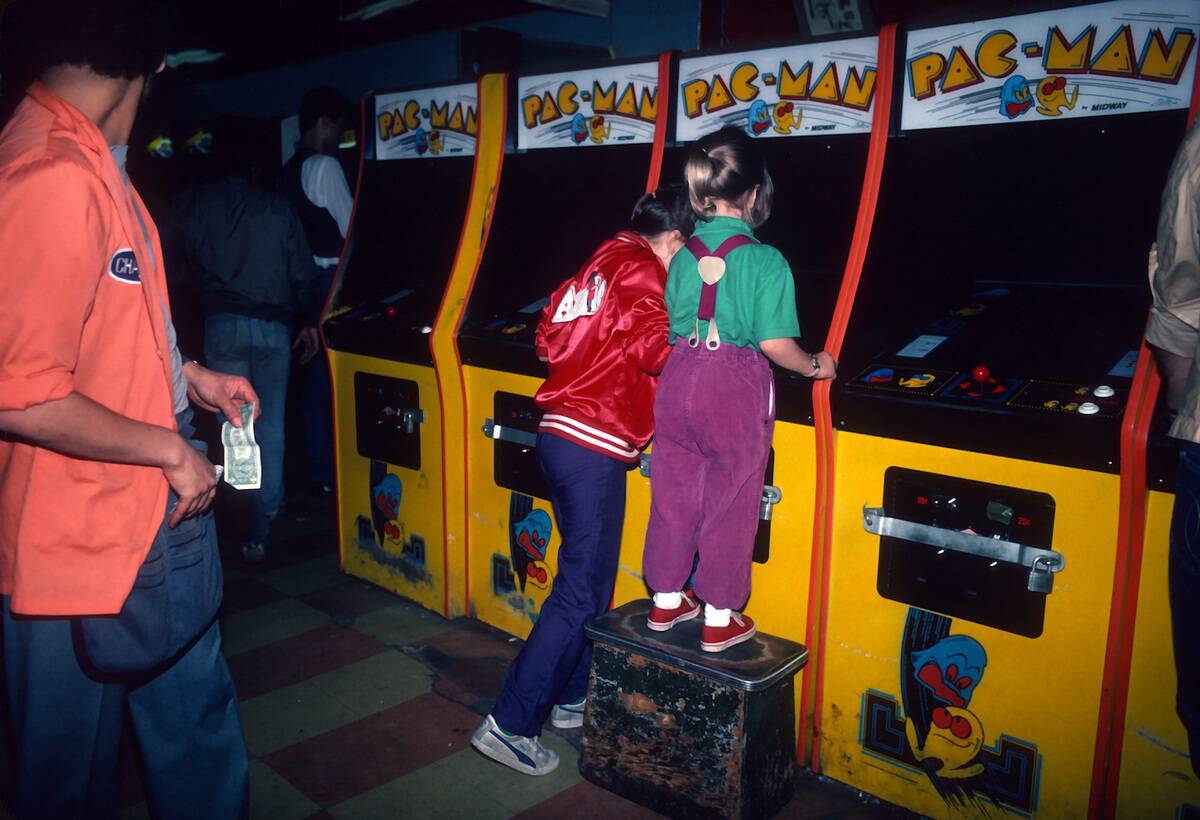
Arcades were the ultimate hangout for gamers, filled with the sounds of electronic beeps and clinks of tokens. Games like Pac-Man and Space Invaders ruled the scene, drawing crowds eager to beat high scores.
Friendly rivalries flourished as players competed for bragging rights. The arcade was a place of camaraderie and competition, where friendships were forged over shared victories and defeats.
Window Shopping: A Budget-Friendly Pastime
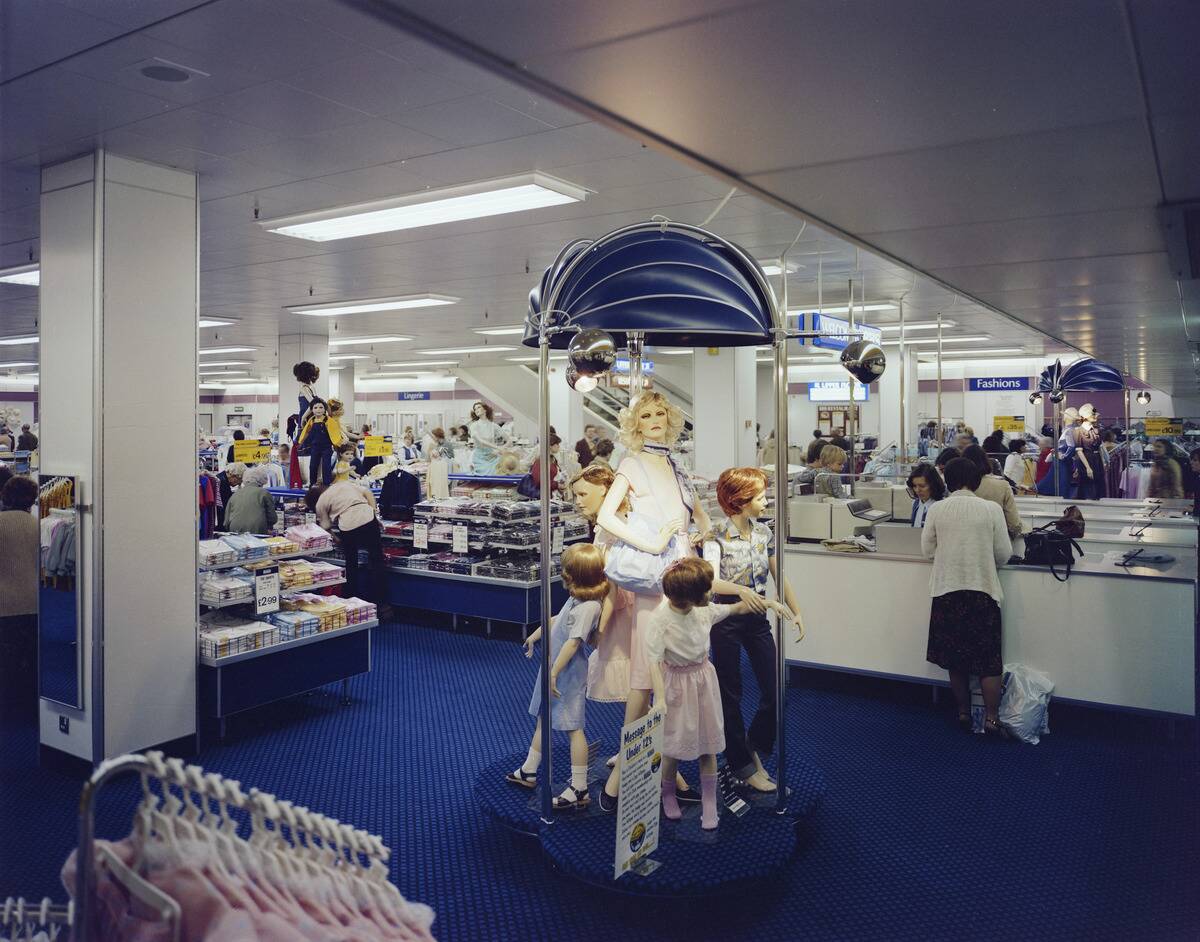
For those short on cash, window shopping was an art form. It involved strolling past store displays, imagining what it would be like to own the latest fashion or gadget. The thrill was in the dream, as much as in the purchase.
Window shopping allowed for a taste of luxury without spending a dime, providing endless inspiration for future purchases or simply serving as a pleasant way to pass the time.
The Role of the Record Store: Discovering New Music
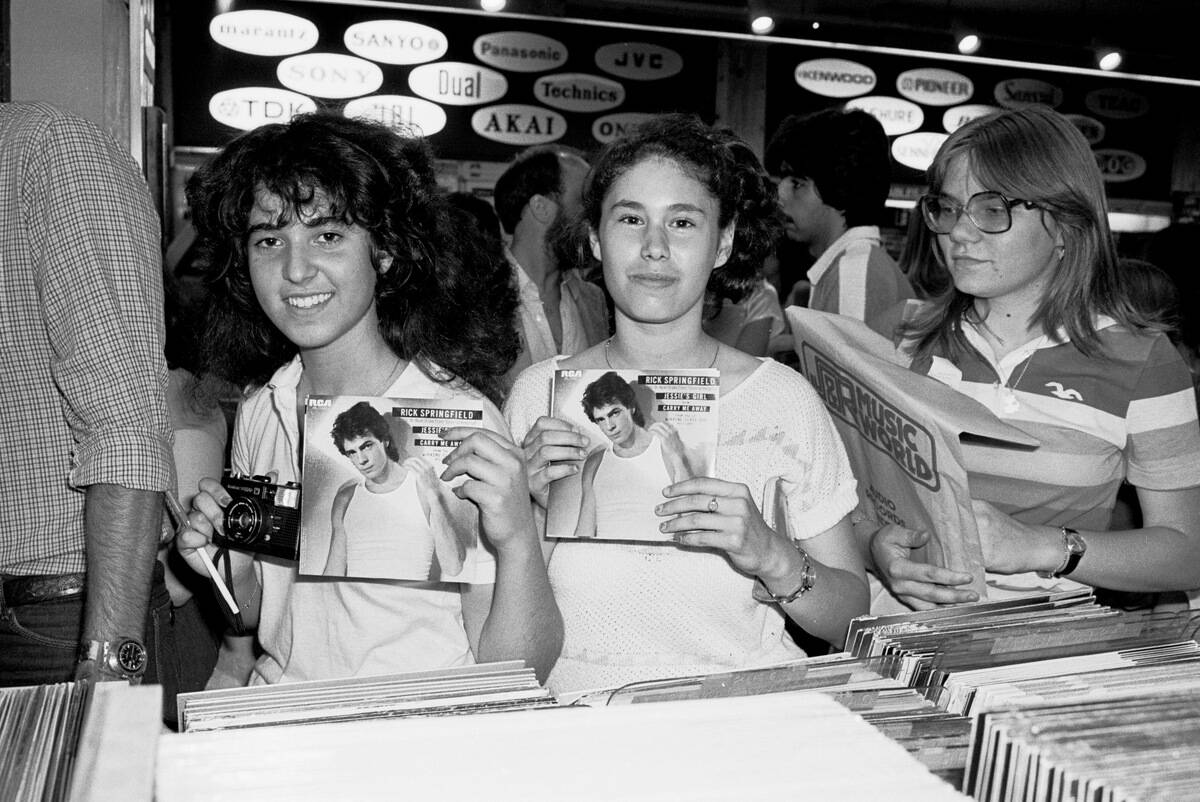
Record stores were the soul of music discovery, with walls lined with vinyl treasures. They were sanctuaries for music lovers, where hours could be spent flipping through albums, discovering new artists, or listening to records at listening stations.
Staff recommendations were gold, and finding that perfect album felt like uncovering a hidden gem. It was a place where music was not just heard but experienced in its full analog glory.
The Photo Booth Experience: Capturing Memories with Friends
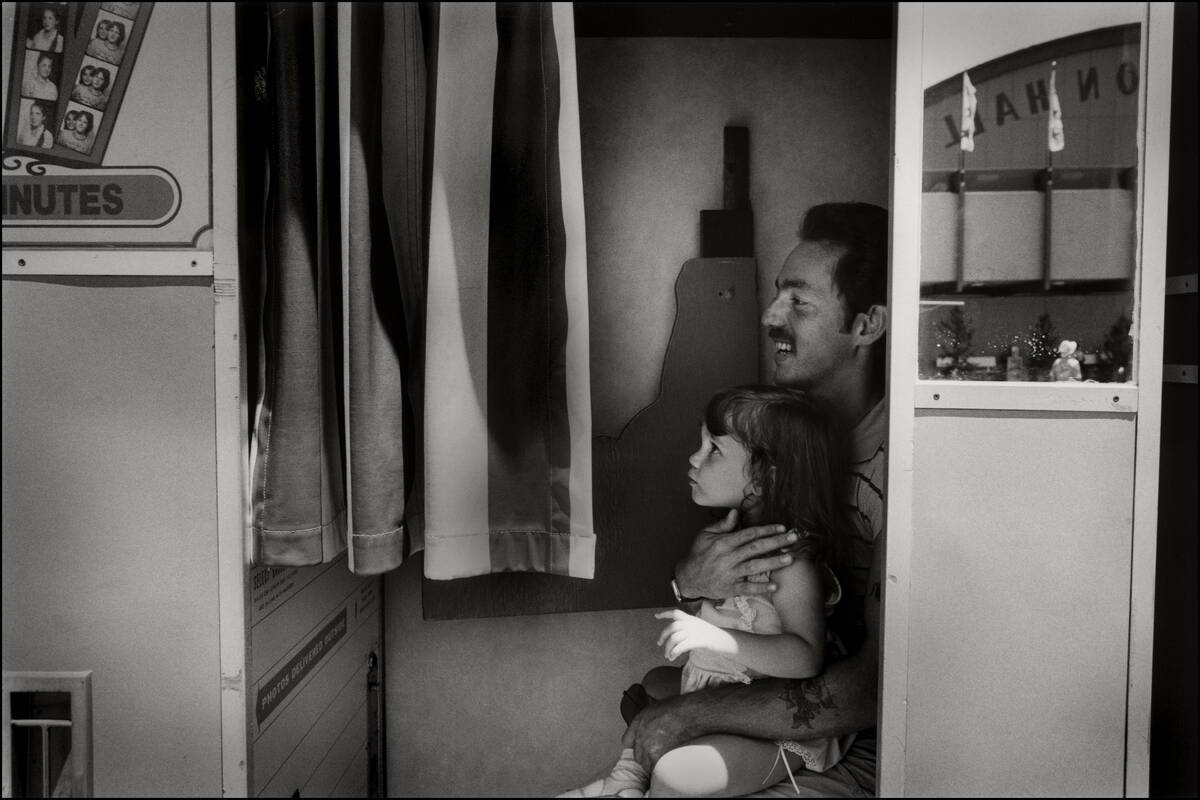
Photo booths were the Instagram of the ’80s, capturing candid moments in strips of four black-and-white photos. Cramming into the booth with friends, making silly faces, or striking a pose was a rite of passage.
Each strip was a tangible memory, often kept in wallets or stuck to bedroom mirrors. These spontaneous snapshots were a fun and affordable way to capture the essence of a day spent at the mall.
Mall Movie Theaters: Catching the Latest Blockbusters

Mall theaters were the go-to spots for catching the latest blockbusters, from action-packed thrillers to romantic comedies. These cinemas offered an escape into different worlds, complete with the smell of popcorn and the excitement of a darkened room.
Movie nights were a staple, often paired with dinner at the food court. Whether it was a solo outing or a group event, the mall theater experience was an integral part of ’80s leisure.
Mall Fashion Shows: Strutting the Catwalk

Fashion shows at malls brought the runway to the everyday shopper, showcasing the latest trends from local stores. Models strutted down makeshift catwalks, giving onlookers a first-hand look at new styles.
These events were not just about fashion but also community, drawing crowds eager to see what was in vogue. They were a highlight of the mall experience, offering inspiration and entertainment in equal measure.
The Importance of Payphones: Staying Connected
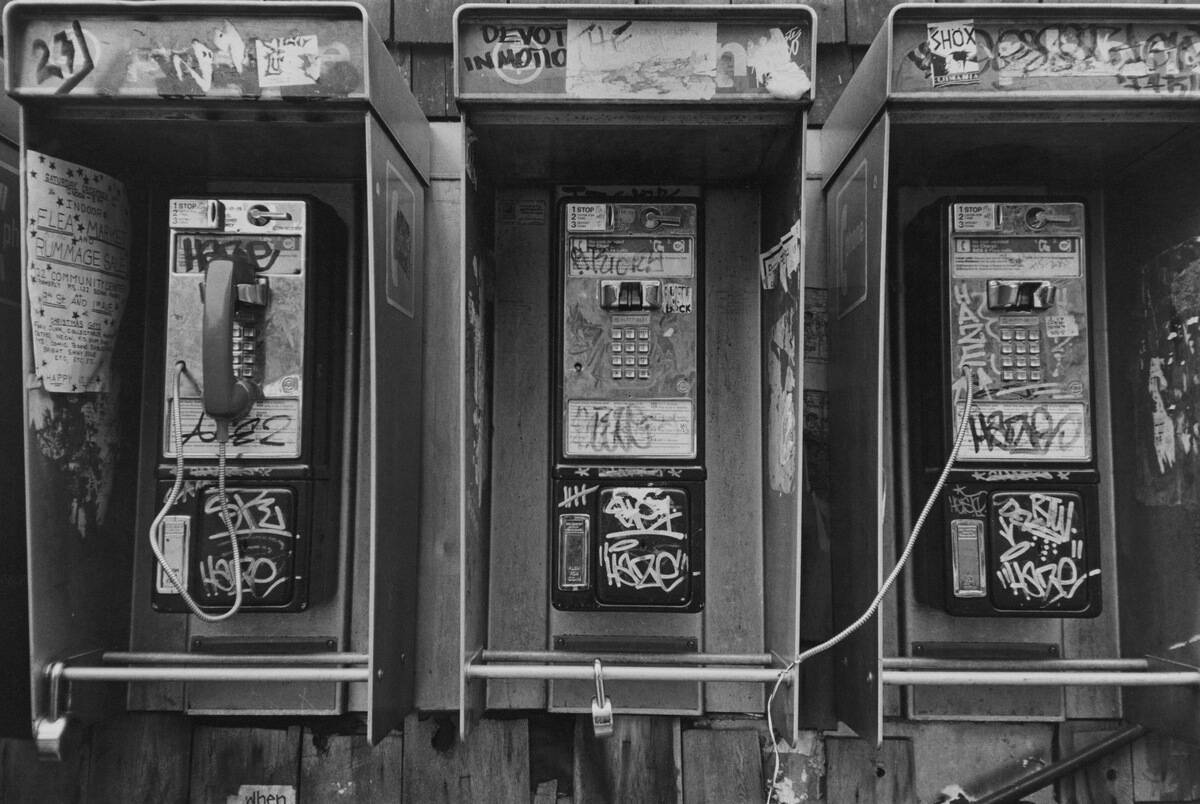
Before cell phones, payphones were lifelines, strategically placed throughout malls. These coin-operated booths allowed you to check in with parents or make plans with friends.
Remembering to carry change was crucial, as was memorizing important phone numbers. In an era before instant communication, payphones were essential for staying connected, ensuring that help or a friendly voice was just a call away.
Popular Hangout Spots: Where Teens Gathered

Malls were the ultimate hangout spots for teens, providing a safe environment to socialize. Popular meeting places included the food court, arcade, and fountain areas. Groups would gather to chat, people-watch, or plan their next move.
These spots were the social epicenters, where friendships were strengthened, and new acquaintances were made. The mall was a hub of teenage life, offering freedom and connection in equal measure.
Mall Etiquette: Unspoken Rules of Social Interactions

Navigating the mall also meant adhering to unspoken rules of etiquette. This included not blocking escalators, respecting personal space, and maintaining a brisk walking pace. Holding doors open and polite interactions with store staff were expected.
Understanding these social norms was crucial for a pleasant mall experience, ensuring that everyone could enjoy the bustling environment without unnecessary friction.
Bagging Bargains: The Thrill of a Good Sale
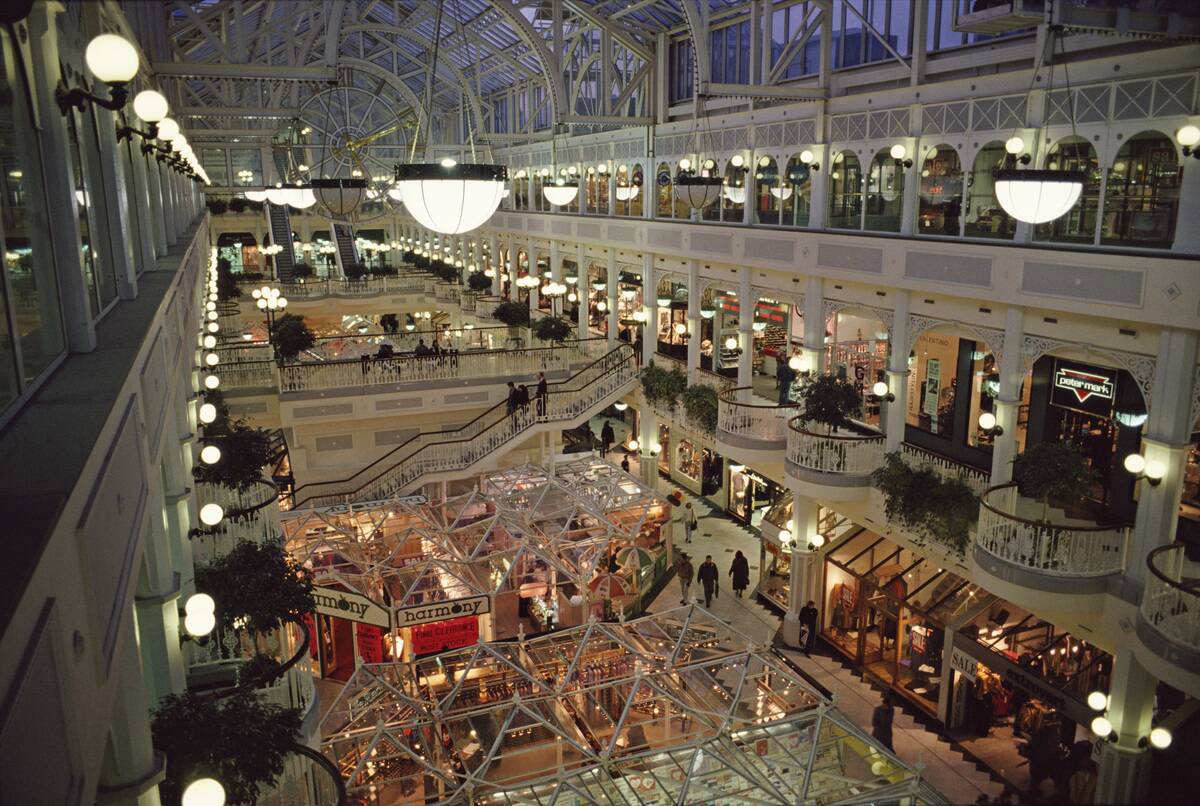
Sales were a shopper’s delight, offering the thrill of snagging a great deal. Hunting for discounts required patience and strategy, as savvy shoppers scoured clearance racks and sale bins.
The excitement of finding a coveted item at a reduced price was unmatched. Bargain hunting was both a skill and an adventure, turning ordinary shopping trips into treasure hunts with rewards for the diligent and persistent.
Navigating the Department Stores: A Shopper’s Guide
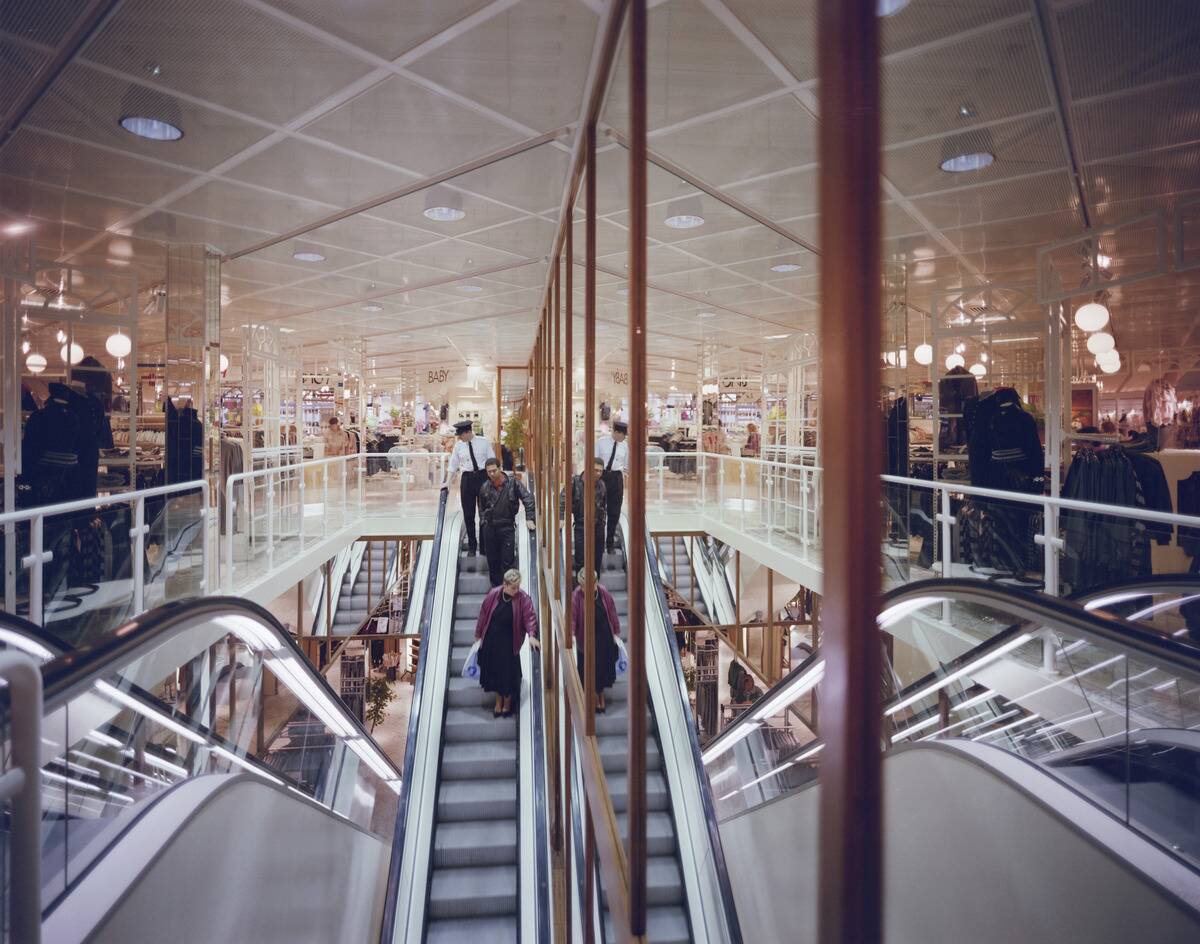
Department stores were the anchors of malls, offering a wide range of products under one roof. Navigating these multi-level giants required strategy, from knowing which sections held the best deals to managing the seemingly endless aisles.
Escalators were essential for efficient travel between floors. With everything from cosmetics to electronics, these stores were a microcosm of the mall itself, providing a comprehensive shopping experience.
The Bookstore Cafe: A Quiet Escape
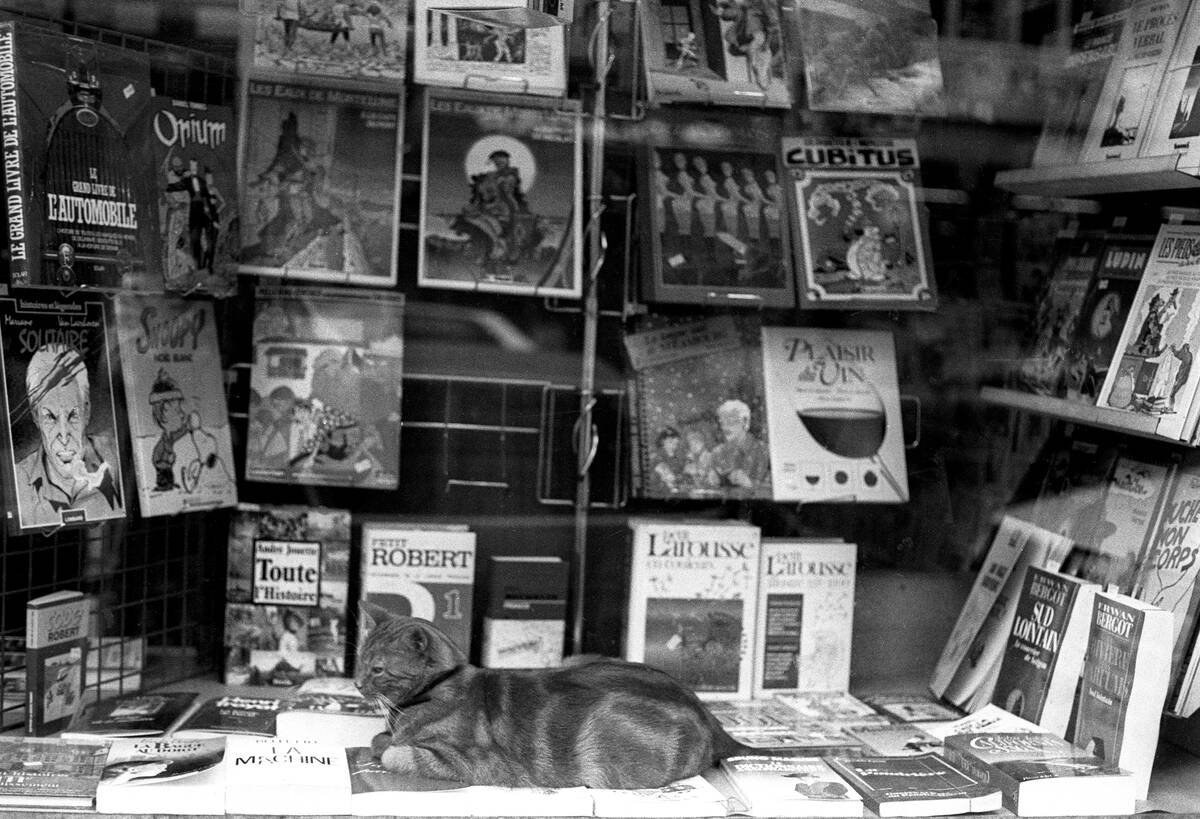
Bookstore cafes offered a serene escape from the bustling mall environment. With the aroma of coffee and the quiet rustle of pages, they were havens for readers and thinkers.
Browsing bookshelves for the latest bestseller or settling in with a good novel and a hot drink was pure bliss. These cozy corners provided a respite from the noise, offering a place to relax, recharge, and lose oneself in literature.
The Role of Mall Security: Keeping Order and Enforcing Rules

Mall security played a vital role in maintaining order and safety. Visible in their uniforms, security officers ensured the mall was a safe space for all. They managed everything from lost children to shoplifting incidents, acting as both protectors and enforcers.
Their presence was a reassuring constant, helping to create a welcoming environment. By patrolling the premises, they ensured that every visit to the mall was pleasant and secure.



